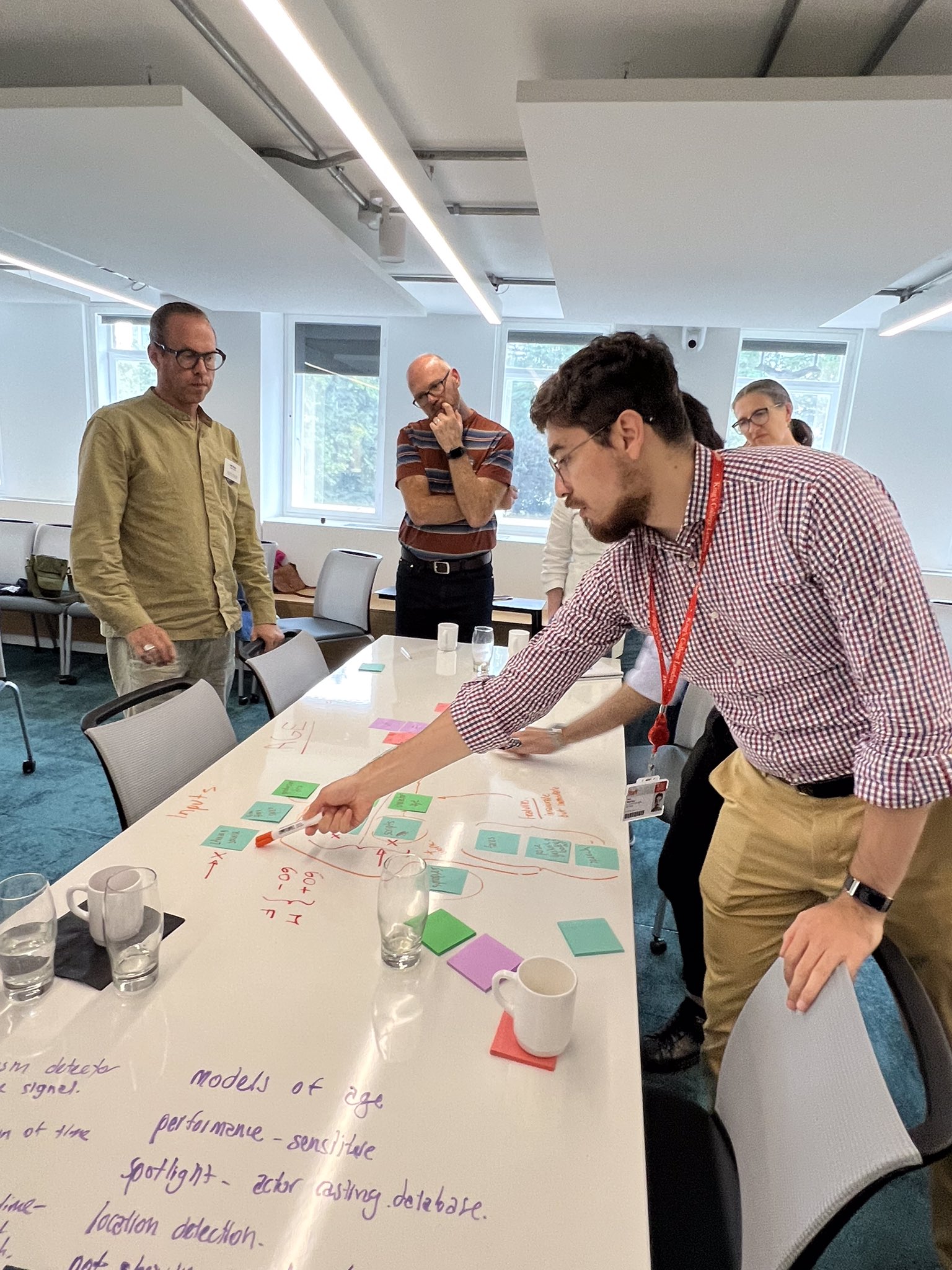6 July
Introduction session
After informal conversations during coffee, we got started with a general introduction, where I gave an overview of the workshop, including its format, aims and, a provisional definition of cinematic time.
As I was organising this workshop, there were two references on the back of my mind:
-
Mary Ann Doane’s excellent book The Emergence of Cinematic Time, in which she makes a case for cinema transforming the very idea of time, and specifically, “modern ideas about continuity and discontinuity, archivability, contingency and determinism, and temporal irreversibility.”
-
Andrei Tarkovsky’s Sculpting Time, where he argues for an aesthetics of rhythm: “The dominant, all-powerful factor of the film image is rhythm, expressing the course of time within the frame.”
I was glad to see that some of these themes emerged during discussion, and I should have made them clearer to participants, so I note them here to make them retrospectively available.
To kick things off, we split in four disciplinary clusters: film, computational, collections, and design. The idea was to allow a disciplinary perspective to come through in this first round of discussions, to later reorganise into inter-disciplinary groups.
(Thanks to Joel for the action shot below).

Ideation session one: exploration
Having laid out some of the challenges and opportunities from our cluster perspective, we reorganised into mixed-perspective groups and got to work on a long list of ideas. This session was organised around the principle of fast iteration: collect as many ideas as possible, no matter how far-fetched, to quickly build a large pool of possibilities to work with.
Ideation session two: refinement
From the long list, three ideas organically emerged as the ones participants were most interested in, so we organised these by types of time, one for each table: historical time, subjective time, cinematic time. We remixed again into different working groups, and went on to refine these three ideas by mapping some of the possible inputs and outputs relevant to each kind of time.
Next, see how we developed this the next day!